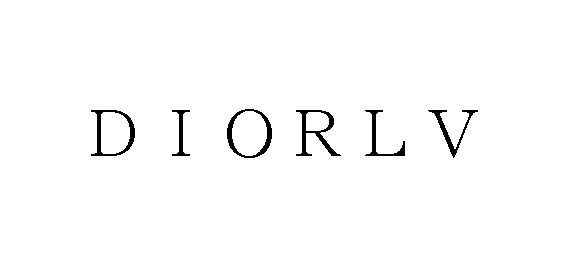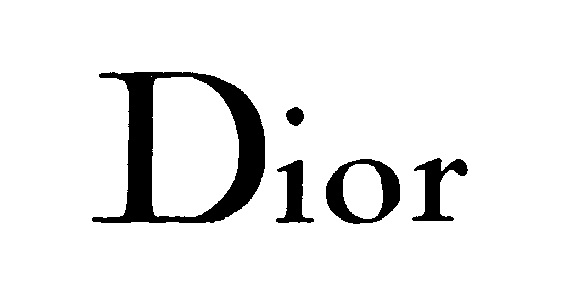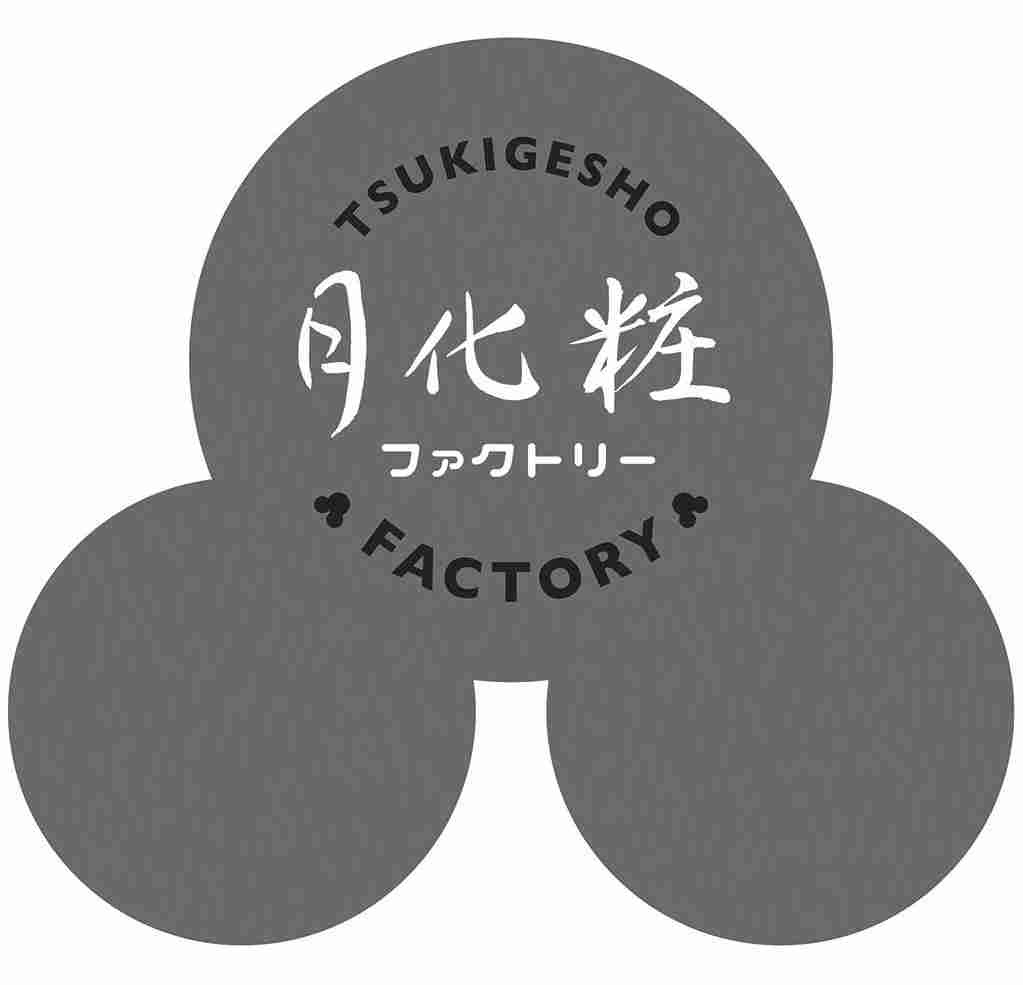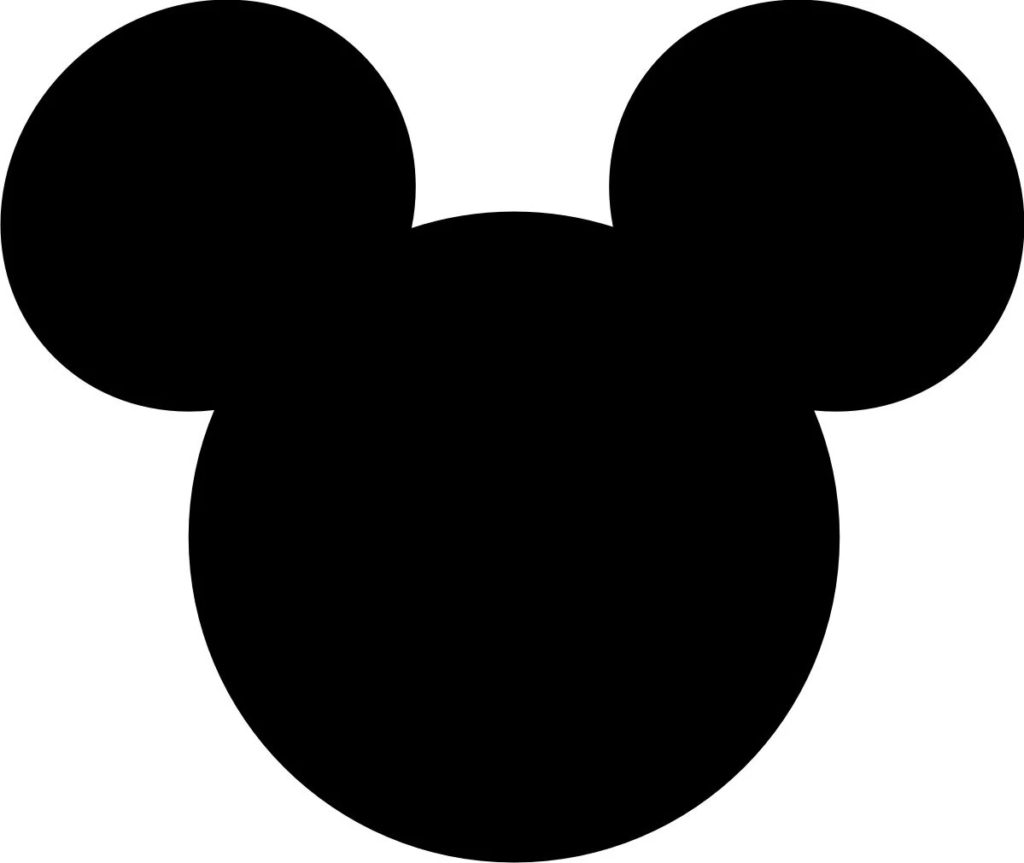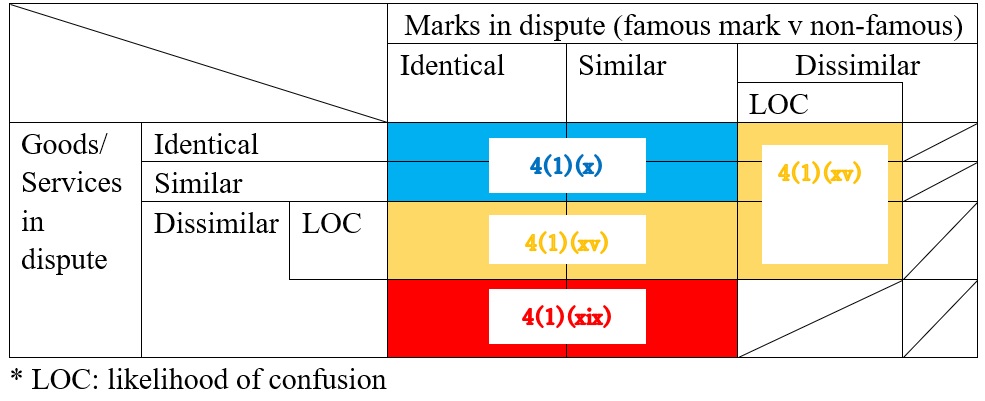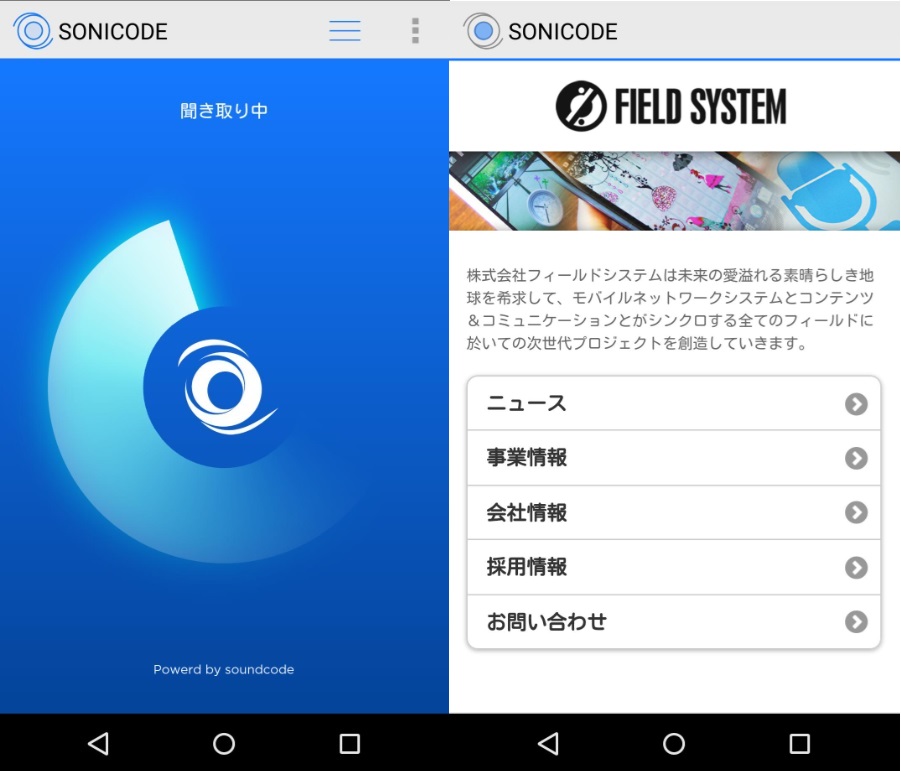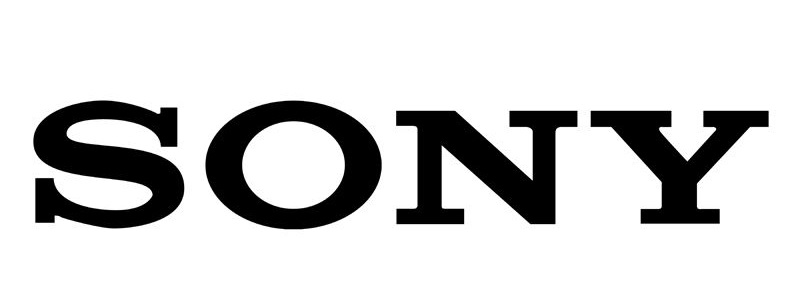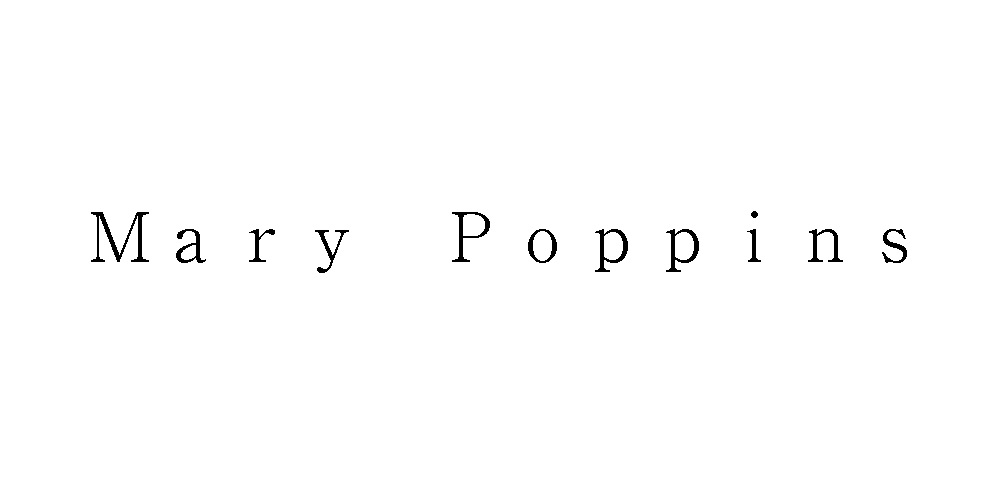The Japan Patent Office (JPO) dismissed an opposition filed by the US apparel company, Gap (ITM) Incorporated, against TM Reg no. 6304400 for wordmark “Gapace” to be used on apparel in class 25 by finding dissimilarity to and the unlikelihood of confusion with “GAP.”
[Opposition case no. 2020-900346, Gazette issued date: December 24, 2021]Opposed mark
The wordmark “Gapace” was filed by a Chinese individual for use on various goods and apparel belonging to class 25 with the JPO on October 15, 2019 (TM App no. 2019-132880).

The JPO admitted registration on October 15, 2020, and published for opposition on November 4, 2020.
Opposition by GAP
To oppose against registration within a statutory period of two months counting from the publication date, Gap (ITM) Inc. filed an opposition against the opposed mark on December 24, 2020.
GAP argued the opposed mark shall be canceled in contravention of Article 4(1)(xi), (xv), and (xix) of the Trademark Law because of the remarkable reputation and popularity of the GAP mark as a source indicator of US apparel giant and a high degree of similarity between the opposed mark “Gapace” and the opponent’s famous earlier registered mark “GAP.”
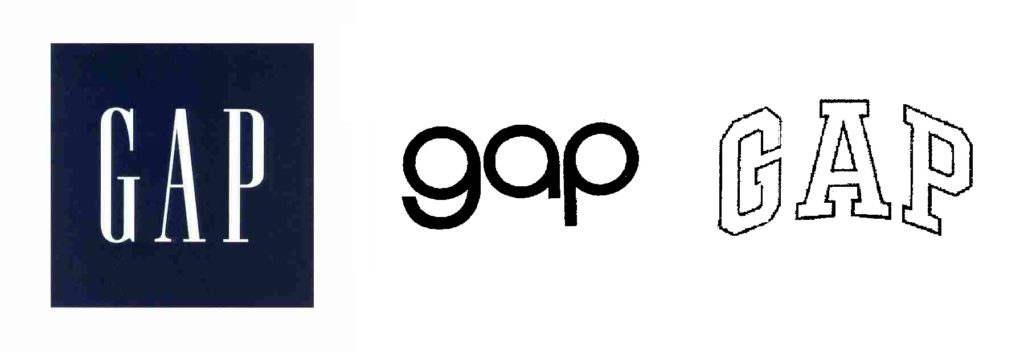
Article 4(1)(xi) is a provision to refrain from registering a junior mark that is deemed identical with, or similar to, an earlier registered mark.
Article 4(1)(xv) provides that a mark shall not be registered where it is likely to cause confusion with other business entities ’ well-known goods or services.
Article 4(1)(xix) prohibits registering a trademark that is identical with, or similar to, another entity’s famous mark, if such trademark is aimed for unfair purposes, e.g. gaining unfair profits, or causing damage to the entity.
JPO Decision
To my surprise, the JPO Opposition Board denied a substantial degree of reputation and popularity of the opponent trademark “GAP” in connection with apparel by stating that the produced evidence failed to demonstrate sales amount and its market share in Japan. A mere reference to the fact that the opponent has launched an apparel business in Japan since 1994 and promoted apparel bearing the GAP mark for sale at their 150 stores nationwide is insufficient. Likewise, a fact that GAP was ranked 4th in the Top 10 clothing retailers in the world in 2021 is not persuasive to find a high degree of popularity among relevant consumers in foreign countries at the time of both filling the opposed mark and registration.
In assessing the similarity of the mark, the Board held “GAP” and “Gapace” are totally dissimilar from visual and phonetical points of view. Conceptually, both marks are not similar because the opposed mark does not give rise to any specific meaning. In the meantime, the opponent mark “GAP” has a meaning of ‘separation in space.’
Given the opponent mark “GAP” was not proven to have become famous in relation to the goods in question, the Board found it is unlikely that relevant consumers would conceive the literal element of “Gap” as a prominent portion of the opposed mark when used on apparels.
Based on the foregoing, the Board had no reasonable ground to believe the opposed mark shall be canceled in contravention of Article 4(1)(xi), (xv), and (xix), and decided to dismiss the entire opposition accordingly.

